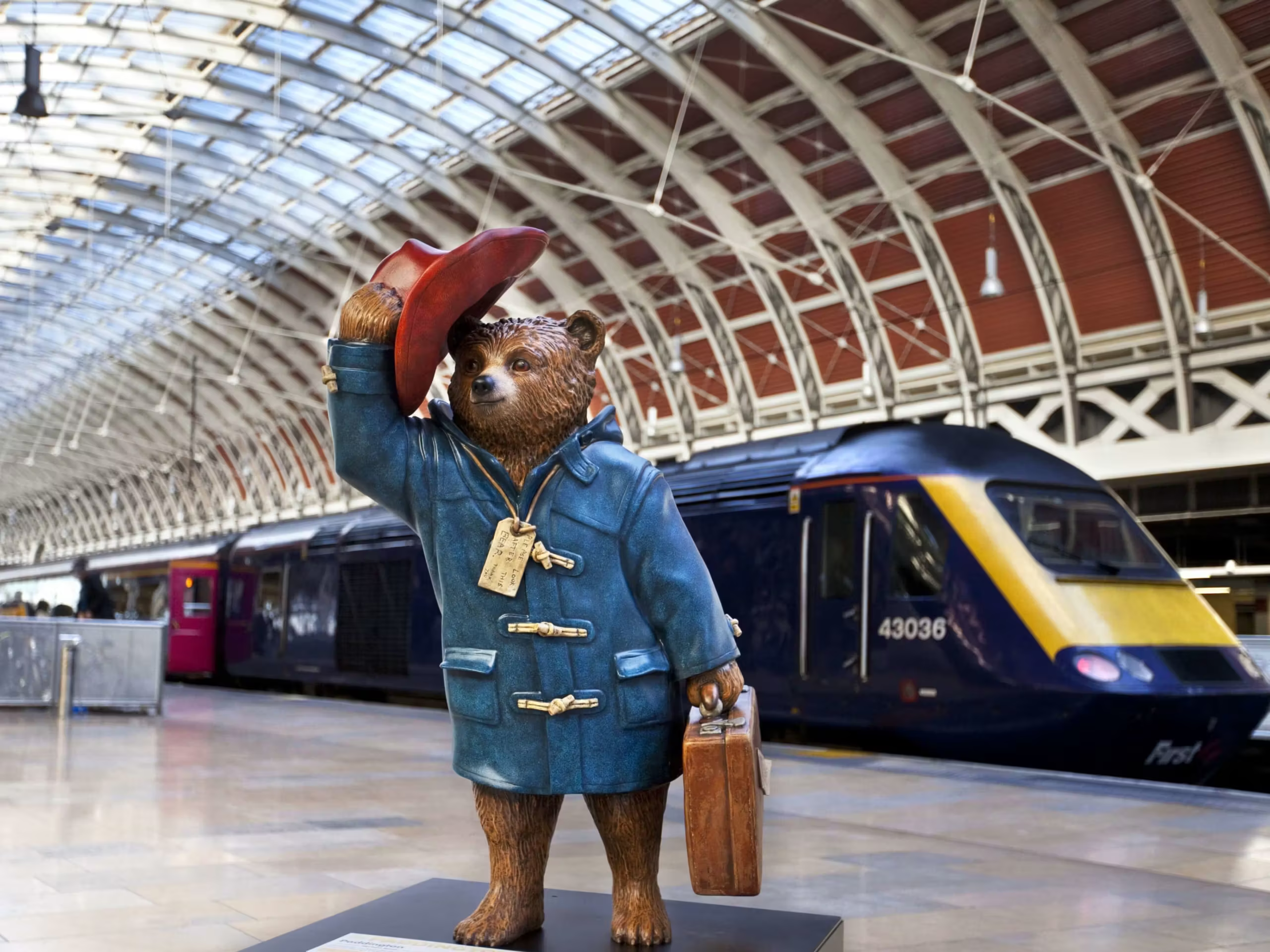Description
Overview
London is only truly experienced when you venture off the well-worn tourist track so that you can see, hear and feel the place the same way a local does. Only then will you get close to the true essence, to the true heart, to the very fabric of the place you are in and have an experience like no other.
We are going to leave the touristy mainstream London to the side and explore its unseen and authentic neighborhoods outside the center because this is where the ordinary Londoners actually live their everyday lives.
We delve into London’s modern and pioneering urban history to understand its current challenges as well as future developments.
Despite the length of six hours the tour does not feel too exhausting, and time will fly. In between, you can also sit and relax for a bit while we travel by bus and train. There’s also a 30-min sit-down lunch break at a food market (when the weather is cold or rainy).
What To Expect:
- Paddington: There is a network of hidden alleyways in the wealthy residential areas of West London. You only have to turn a corner to enter a completely different world that feels like a small village in the countryside. Today the exclusive alleyways are characterized by their beauty and tranquility, but in the past, they were polluted and busy workplaces for the lower social classes.
- Earl’s Court: In the 19th century, London was faced with massive population growth, so that the city ran out of burial spaces for the dead. The generous creation of new garden cemeteries provided new space and also improved urban hygiene. This ancient cemetery is still in use today but serves primarily as a recreational space for Londoners.
- Lower Marsh: London’s largest open-air gallery is tucked away right under a massive railway station, and it functions as an open stage that simply everybody can claim for their own ideas.
Fifteen years ago, artists took over the old car tunnel and to this day they change its appearance every day. Anyone can create art down here and it is completely normal to destroy the work of others and to outdo it with something completely new. If we are lucky, we can watch artists in action, leaving their mark in the tunnel. - Atlantic Road: Londoners visit their local street markets not only to shop, but also to socialize and interact with each other. These vibrant community spaces offer honest and exciting insights into everyday urban life. It’s not the sights that make London unique – it’s the Londoners! This market generally stands out for its very diverse and rich history but also includes buzzing indoor arcades and meaningful street art. At 14:30 we will take a proper 30-minute sit-down lunch break at a food market. There are two possible South London locations in different neighborhoods, and it depends on the weather which one we choose.
- Canada Water: The once largest port in the world enabled London’s rise to become the Capital of the World. However, large parts of the docks were destroyed during the Blitz and the strong fractures are still visible in the cityscape today. The remains of the vast warehouse district were subsequently converted and put to new uses after the docks were finally closed in the 1980s.
The Thames is an integral public space for the Londoners and offers spectacular views the city’s ever-changing skyline.
Inclusions:
- A professional city planner who will present and explain five different local neighborhoods to you.
Exclusions:
- Lunch
- Public transport ticket






